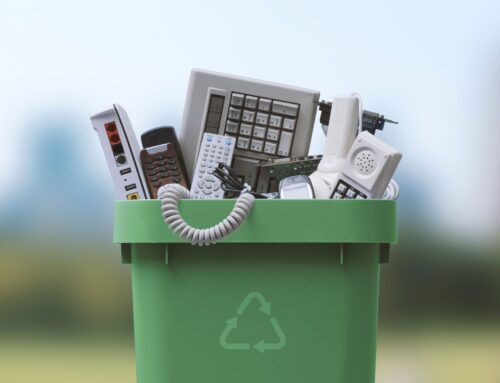
What is the Epr implementation process?
Epr implementation
Extended producer responsibility or EPR is a waste management technique that involves including all environmental costs incurred by a product throughout its life cycle in the product’s market price. Extended producer responsibility legislation, which concentrates on the end-of-use diagnosis of consumer items and has the prime objective to increase the amount and extent of product recovery and reduce the adverse impact of waste materials, is a motivating factor behind the adoption of remanufacturing proposals.
Reuse, repurchase, or recycling programs are all examples of EPR. EPR does this by transferring waste management responsibilities from the government to the private sector, forcing manufacturers, importers, and/or sellers to include the cost of waste management in the price of their goods and ensuring the proper treatment of those goods.
The reason behind EPR implementation:
In response to the rising issue of excessive trash, several nations have implemented waste management laws that require manufacturers to either pay for a recycling and collection infrastructure in full or to take back their goods from customers at the end of their useful lives. The absence of infrastructure for collecting some items that contain hazardous compounds or the high expenses associated with doing so for local governments led to the adoption of these rules. Therefore, the main objective of collaborating with the private industry is to guarantee that all trash is handled in a manner that safeguards the environment and the general public’s health.
Advantages behind the EPR implementation:
Electronics manufacturers may be encouraged to create more environmentally friendly, less hazardous, and more readily recyclable products if they have to cover the financial or physical cost of recycling their products after use. Directly lowering producers’ end-of-life costs can be accomplished by using fewer resources and creating goods that last longer. As a result, extended producer responsibility is frequently mentioned as a strategy to combat planned obsolescence since it financially incentivizes producers to create items that can be recycled and have a longer shelf life.
By placing some of the financial burdens for compensating and managing trash on the maker, intentional obsolescence can be avoided and the strain on governments may be lessened. Many governments currently shoulder the cost of removal and spend thousands of dollars on gathering and getting rid of electronic trash. One benefit of EPR is that when the EPR implementation policy clamps down on nations that export their e-waste, it grows more and more effective. Infrastructure must either deal with the garbage or create new methods of sourcing items from the manufacturers due to the restriction of this e-waste.
Top crucial phases of an effective EPR implementation company
The EPR implementation has been used in a variety of ways, which may be divided into three main categories:
- Mandatory
- Negotiated
- Voluntary
The producer-centric depiction is the predominant way to view the environmental effects of industrial production, possibly as a result of the tendency of monetary strategy in market-driven economies to not interfere with consumers’ preferences: in statistical data on energy, emission levels, water, etc., effects are nearly always proffered as characteristics of companies on-site or direct allotment instead of as characteristics of the supply chains of consumer products. On a smaller scale, the majority of current corporate sustainability reporting frameworks only take into account consequences that result from activities under the reporting company’s control, leaving out supply-chain implications.
The informal sector must be incorporated into an equitable Epr implementation system for better management of the effects on human health and the environment. The Epr implementation company is spread out across the nation to reduce any potentially harmful effects on the environment. EPR implementation Companies like Epr implementation company in Delhi or Epr implementation company in India have responsibilities for proper E-waste recycling around the country.
EPR been consistent and Rarely measured. Furthermore, using a traditional LCA and attributing environmental consequences to producers and consumers may result in duplicate counting. Researchers have been attempting to consistently accommodate both consumers and producers in an economy for decades using input-output analysis. This technique is a way to divide up responsibility among agents in a circular system that is completely interconnected. All participants in a supply chain, including producers and consumers, are impacted by environmental issues both upstream and downstream.



